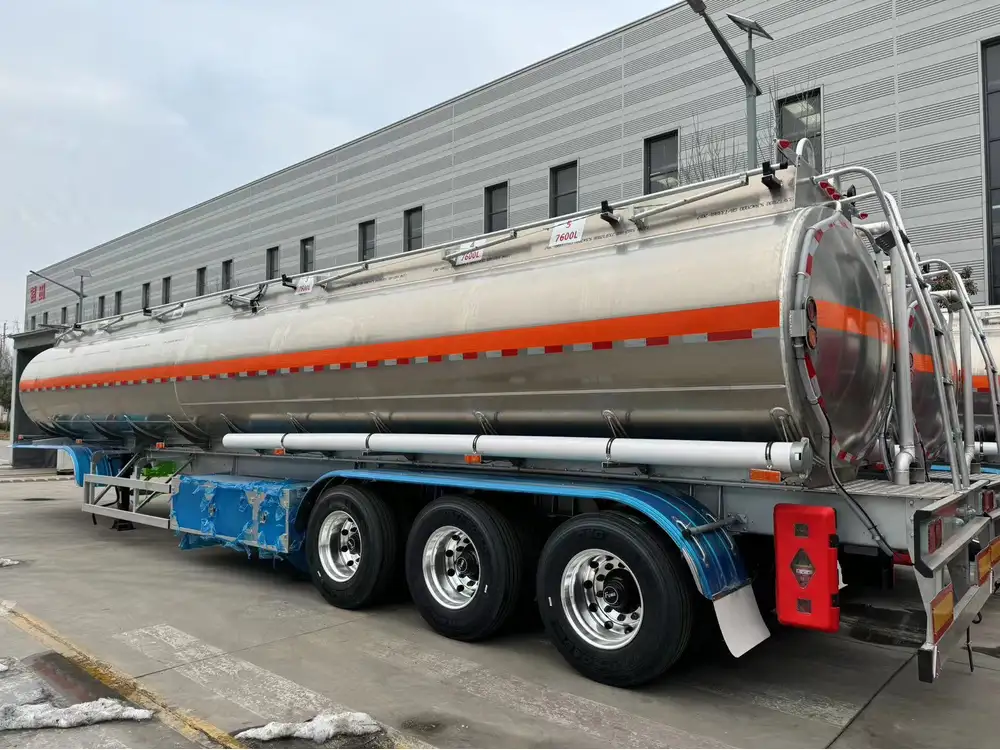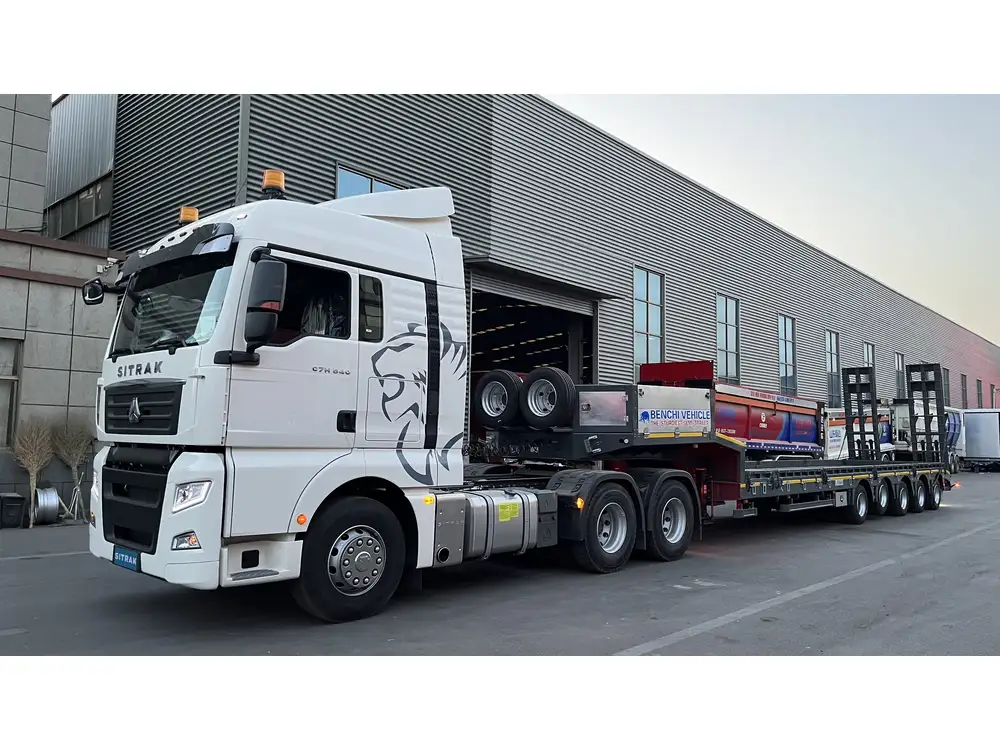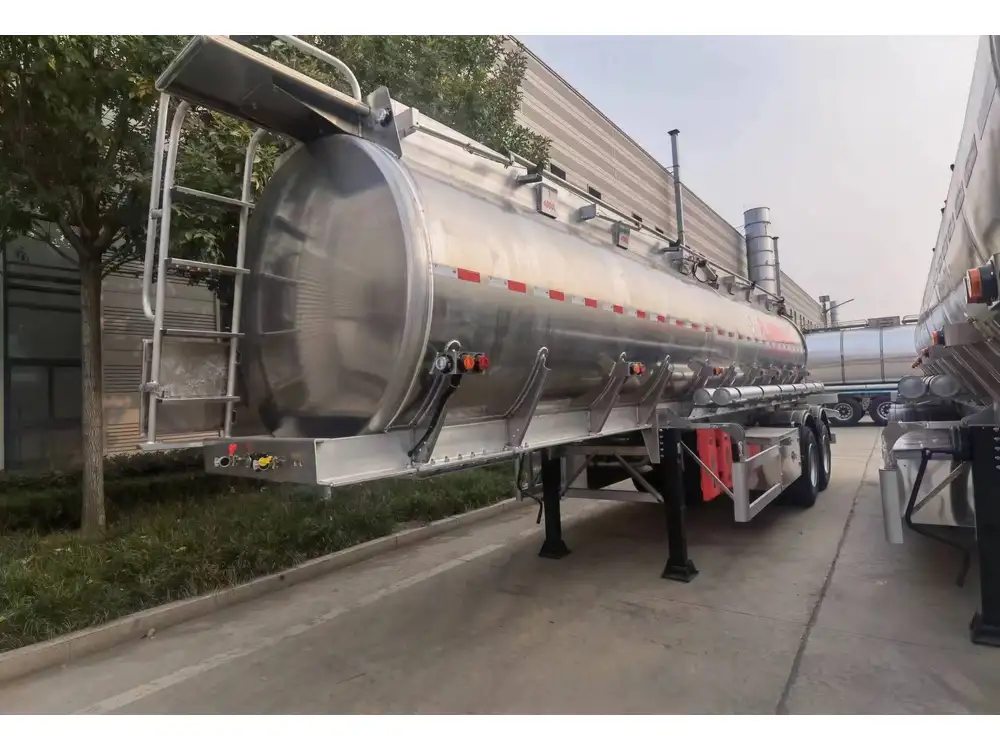Introduction
When it comes to transportation and hauling, understanding the regulations surrounding commercial driving licenses (CDLs) is crucial for operators of dump trailers. Given the significant variety in size, weight, and function across trailers, the question, “Do I need a CDL to pull a dump trailer?” poses various considerations that delve deep into the operational aspects, legal requirements, and practical implications of hauling duties. This guide addresses the intricacies associated with operating dump trailers and aims to provide clarity on the prerequisites for obtaining a CDL.
Understanding Dump Trailers

What Is a Dump Trailer?
A dump trailer is a versatile piece of equipment designed to efficiently unload materials through a hydraulic or electric lifting mechanism. Predominantly used in construction, landscaping, and waste management, these trailers can handle heavy loads, making them essential tools in various industrial capacities.
Types of Dump Trailers
Single Axle Dump Trailers: Typically used for lighter loads, such as dirt and debris, these trailers usually have a lower weight capacity.
Tandem Axle Dump Trailers: Ideal for medium to heavy loads, these trailers are designed for more robust applications.
Gooseneck Dump Trailers: Offering enhanced hauling capabilities, gooseneck trailers provide greater stability, particularly under heavier loads.
CDL Requirements Overview

What Is a CDL?
A Commercial Driver’s License (CDL) is a certification mandated by federal regulations for operating specific larger and heavier vehicles. The Federal Motor Carrier Safety Administration (FMCSA) categorizes CDLs into three classes: A, B, and C, each corresponding to different vehicle types and weight capacities.
When is a CDL Required for Dump Trailers?
The necessity for a CDL when operating a dump trailer primarily hinges on the following factors:
Weight of the Vehicle Combination:
- If the Gross Vehicle Weight Rating (GVWR) of the combination exceeds 26,000 pounds, a CDL is generally mandated.
- Note that state laws may vary in terms of weight thresholds.
Type of Load:
- Certain loads may require additional certifications, especially hazardous materials.
Nature of the Operation:
- If the trailer is utilized commercially, a CDL might be necessary irrespective of its weight.
Differentiating Between Personal and Commercial Use
For personal use, the threshold for requiring a CDL can differ significantly from commercial applications. Most states do not require personal use drivers with trailers under specific weight limits to possess a CDL. In contrast, commercial operations with heavy-duty dump trailers almost universally necessitate a CDL due to increased safety and regulatory compliance measures.
| Usage Type | CDL Requirement | Maximum Weight |
|---|---|---|
| Personal | Not usually required | Under 26,000 lbs combined |
| Commercial | Required | Over 26,000 lbs combined |
| Hazardous Materials | Additional endorsements may be needed | Varies |

State-Specific Variations in CDL Regulations
Variability Across States
The regulations governing CDL requirements can differ from state to state, creating a patchwork of laws that operators must navigate. It is critical to consult your local Department of Motor Vehicles (DMV) or use resources such as the American Association of Motor Vehicle Administrators (AAMVA) for state-specific guidelines.
Examples of State Regulations
- California: Requires a Class A CDL for any combination vehicle exceeding 26,000 pounds.
- Texas: Adopts similar requirements with strict adherence to the weight limits and commercial usage definitions.

Practical Steps to Determine If You Need a CDL
Assess Your Dump Trailer Specifications
- Check the GVWR: Determine the total weight rating of your dump trailer.
- Calculate Combined Weight: Sum the GVWR of your towing vehicle and the trailer.
- Consider Usage Type: Identify if your operations are personal or commercial.
Research State Regulations
- Visit State DMV Websites: Each state provides resources specifically outlining CDL requirements.
- Contact Local Authorities: Engaging with local transportation offices can yield the most accurate and site-specific information.

The Process of Obtaining a CDL
Steps to Get a CDL
Study the CDL Manual: Familiarize yourself with the operations, safety regulations, and state-specific requirements as outlined in your state’s manual.
Obtain a Commercial Learner’s Permit (CLP): A crucial step that allows you to practice driving under the supervision of a licensed CDL holder.
Complete a Driver Training Program: While not mandatory, it significantly enhances your knowledge and skill set.
Schedule and Pass the CDL Exam: After sufficient practice, schedule a CDL skills test and knowledge exam.
Receive Your CDL: Upon passing, you’ll receive your CDL allowing you to operate eligible vehicles, including certain dump trailers.
Costs Involved
The costs associated with obtaining a CDL can vary by state and can include:
- Application Fees: Ranging from $20 to $250 depending on the state.
- Training Costs: Varies based on the choice between in-house training or commercial driving schools, usually between $1,000 to $8,000.

Frequently Asked Questions (FAQs)
1. Can I pull a dump trailer without a CDL for personal use?
Yes, as long as the combined weight does not exceed 26,000 pounds in most states. However, it’s essential to confirm local regulations.
2. Are there any exceptions where a CDL is not required for commercial dumping?
Certain states allow exceptions for specific weight classes or types of vehicles. Always confirm with local regulations.

3. What are the penalties for not having a CDL when required?
Penalties can range from fines to vehicle impoundment, and repeat offenses may lead to more severe consequences, including criminal charges.
Conclusion
Navigating the complex landscape of CDL requirements for pulling a dump trailer necessitates careful consideration of various factors, including the weight of the vehicle, the nature of the operation, and state-specific regulations. Understanding these nuances not only aids in legal compliance but ensures safety on the roads. By thoroughly assessing specifications, conducting proper research, and engaging in the correct preparatory steps, operators can confidently determine their CDL needs and operate dump trailers efficiently and legally.
In the world of hauling, staying informed and prepared is essential not just for regulatory adherence, but also for operational success.



